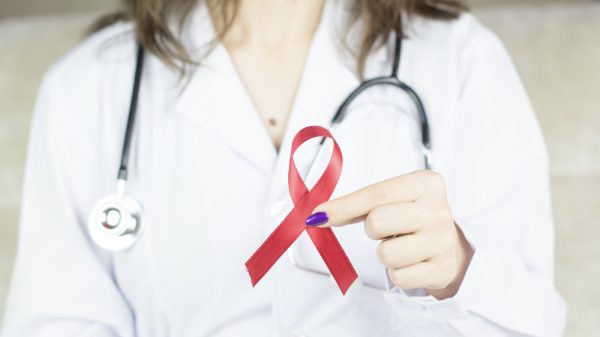Intimate partner violence (IPV) remains severely underreported in emergency departments (ED), and women represent most reported cases. Few studies have evaluated how men present with IPV injuries, leaving ED physicians unprepared to identify and assist male victims of domestic violence. New research led by investigators from Brigham and Women’s Hospital uncovered distinct differences in how men and women experience IPV, outlining key injury trends for ED physicians to recognize. Their results are published in Aggressive Behavior.
“Our findings are contrary to the general notion that violence perpetrated by women is not capable of causing severe injuries to their partners,” said Bharti Khurana, MD, emergency radiologist and founding director of the Trauma Imaging Research and Innovation Center in the Brigham’s Department of Radiology. “Moreover, men are less likely to seek help as they are less likely to recognize it as criminal, may see IPV as unmasculine, and fear being ridiculed.”
Although roughly 33% of men experience IPV in their lifetimes, few efforts exist to recognize men facing this threat. Biases suggesting that IPV predominantly affects women may also cause medical professionals to overlook IPV-related injuries in male patients. While 35.1% of men in a previous study reported an injury severe enough for hospitalization, only 18.1% sought medical assistance, suggesting social stigmas may also dissuade men from seeking help.
In this study, investigators collected data from the National Electronic Injury Surveillance System (NEISS), a collection of injury data from roughly 100 hospitals across the country. Khurana and colleagues compiled data from patients that self-reported IPV-related injuries from 2005 to 2015, then evaluated the cause of each injury, its anatomical location, and its diagnosis. They then compared these results between men and women.
This research revealed significant sex differences in injury presentation and location. While facial bruises are common among female victims of IPV, men in this study were significantly more likely to have lacerations, most often on their forearms. Men were also more likely to have been cut or pierced, bitten, hit by a motor vehicle, burned, or sustained a gunshot wound, while women were more likely to have been struck or fallen. There were also more hospitalizations in IPV male victims than female. Interestingly, men constituted 36.1% of all IPV victims over 60, raising awareness that IPV considerably impacts older men.
Notably, this study only included participants that disclosed that they were victims of IPV at the time of injury. Victims of domestic violence rarely reveal the origins of their injuries in the ED, meaning that many IPV cases go undetected. In the future, Khurana hopes to incorporate this research into medical training and has already begun educating the radiology community and instructing her residents on what to look for in patient injuries.
“What we’re seeing is still the tip of the iceberg as very few patients will report IPV at the time of injury,” said Khurana. “Identifying these injuries would allow us to provide patients with resources.”
Coauthors of this study include Denise A. Hines, PhD, George Mason University, Department of Social Work, Benjamin A. Johnson, BS, Indiana University School of Medicine, Elizabeth Bates, PhD, University of Cumbria, Institute of Health, Nicola Graham-Kevan PhD, University of Central Lancashire, School of Psychology & Computer Science and Randall T. Loder, MD, Riley Children’s Hospital and Indiana University School of Medicine.






































































